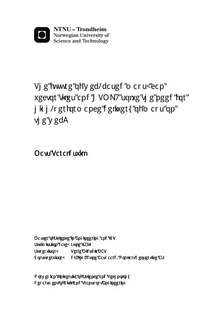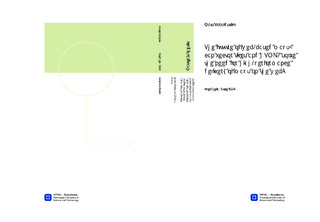| dc.description.abstract | The majority of the current maps available on the web with a standard browser are raster-based, which impose a couple of limitations with regard to functionality as well as performance. Most work is done on the server, and the raster image tiles that are rendered on the client can not be interacted with directly. Some solutions are available that solve this partially, but in the majority of cases, they depend on technology that is not standardised, and rely on third-party extensions that are only available on certain platforms.Creating map tiles and implementing efficient caching are crucial in high availability web maps, whether they are raster-based or vector-based. Due to the different storage models of raster images and vector data structures, there are also techniques that differ in their application (such as compression, client rendering and generalisation), and the increased exposure of raw information with vector data needs attention. The data formats chosen for representing spatial data in vector-based maps, have lots of implications for the efficiency and usability of the map application itself.The accelerated development and standardisation of the open web -- namely HTML5 -- are giving developers better tools to meet the functionality and performance requirements for vector maps on the web, without resorting to third-party software that is not supported across platforms. Previously, with the technology available, creating a functional, efficient vector map on the web was hard or impossible using only open technology, but with the recent advancements, it is interesting to see to what extent this can be accomplished.By developing an implementation of a vector map client and server, with multiple vector data structures in both binary and text formats for measuring efficiency between server and client, as well as assessing the impact of techniques such as generalisation, tiling and caching, the potential for future vector-based maps on the web have been analysed. Testing revealed interesting results, which suggest that it is possible to achieve performance with vector-based maps on the web that either matches or exceeds the current raster-based maps. | nb_NO |

